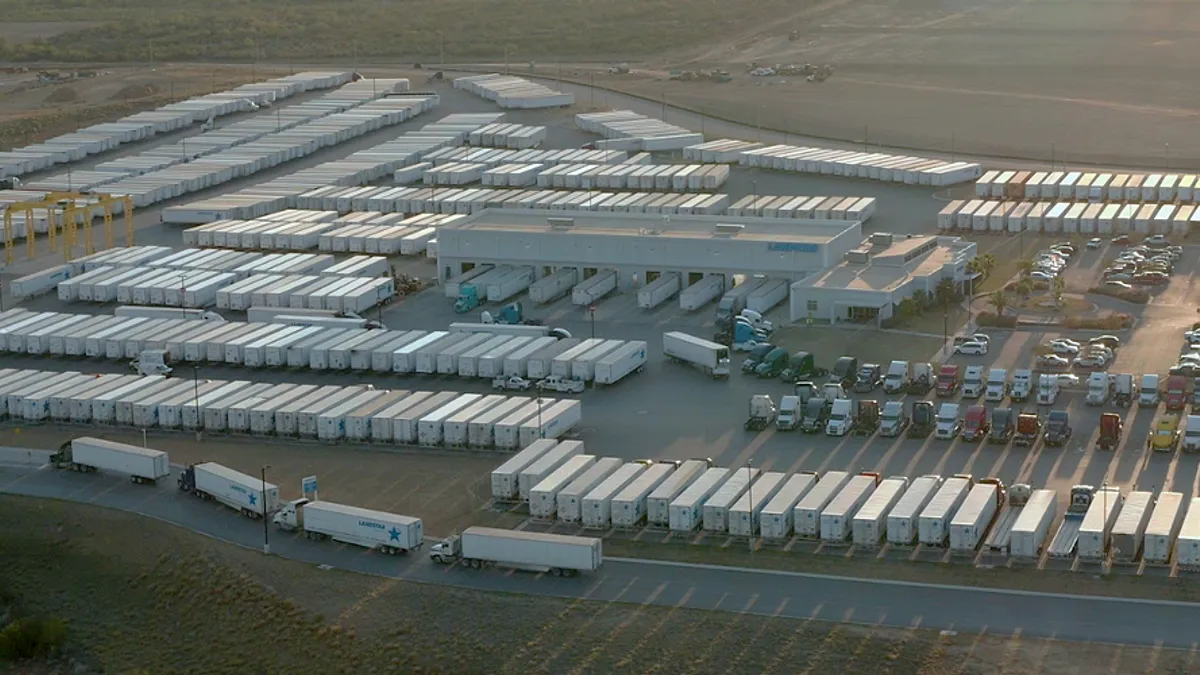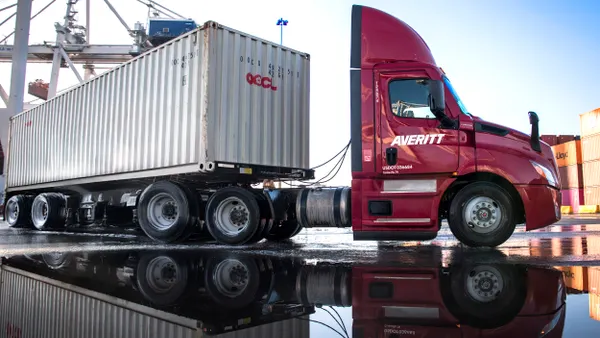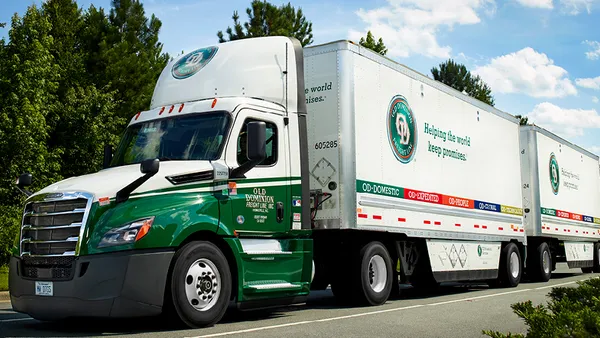According to the Bureau of Transportation Statistics, 69.8% of all freight crossing the U.S.-Mexico border was carried by truck in 2019. With such a high volume of loads crossing the U.S.-Mexico border on a daily basis, shippers should be aware of the intricacies of cross-border transportation regulations and procedures to have a successful, efficient supply chain.
-
Safety and security should be top of mind for all cross-border shipments.
Safety and security of both the cargo and driver should be on any shipper's "must have" list. A qualified cross-border carrier practices a safety-first culture, is CTPAT (Customs Trade Partnership Against Terrorism) compliant, and has highly secure facilities at the U.S.-Mexico border. -
Become familiar with changing regulations.
Policies regarding trade across the U.S.-Mexico border are extremely regulated and constantly changing. Staying informed on the most up-to-date regulations, or working with a transportation provider who is knowledgeable in government cross-border policies, will help companies avoid any interruptions between their shipment's origin and destination. -
Determine the best mode of transportation for the cargo.
The majority of the freight coming out of Mexico and into the United States is transported by truckload and is often the most efficient option for shippers. If the freight is not time-sensitive and is traveling a distance of more than 500 miles, intermodal could be a great alternate source of capacity. -
Always maintain visibility of both the tractor and trailer.
Advances in technology have made visibility of both the tractor and the trailer much more achievable. It's also important for shippers to work with carriers that offer tracking systems that work on both sides of the border to never lose sight of the freight. -
Be conscientious of the freight imbalance.
With more loads coming into the U.S. than going into Mexico, there's a hefty freight imbalance which can tighten capacity. There are multiple ways to combat this challenge but the imbalance is still something that shippers should be conscientious of when building a timeline and determining the best gateway for their cargo. -
Consider transloading services.
Shippers should consider sending freight to a service center at the border that has cross-dock and transloading capabilities. Transloading allows for optimization of tractor and trailer capacity while cross-docks allow for increased trailer asset and capacity utilization. The combination of cross-dock usage and transloading services can speed up the transition from one mode to the other and may get the shipment across the border quicker. -
Look into LTL consolidation services.
Using less-than-truckload (LTL) services to consolidate southbound freight before it crosses the border is a cost effective way to transport a shipment from the U.S. and into Mexico. -
Have a good plan in place for time-sensitive freight.
A cross-border shipment typically requires multiple legs and hand offs to other entities. When dealing with time-sensitive freight, it's in a shipper's best interest to have a well-coordinated plan to make the transition between each entity as seamless as possible. -
Get documentation ready for customs.
Working with customs can be a time consuming process for a shipper. To make this process proceed smoothly and to avoid delays at the border, shippers should thoroughly review the required paperwork, submit all files at least 24 hours in advance and double check that loads are properly documented. -
Hire a carrier that can handle everything.
Using multiple providers to coordinate individual pieces of a logistics plan leaves room for error and miscommunication. Hiring one carrier that has the knowledge and experience in handling each step of the haul from both sides of the border can minimize the chances of companies running into supply chain disruptions.










